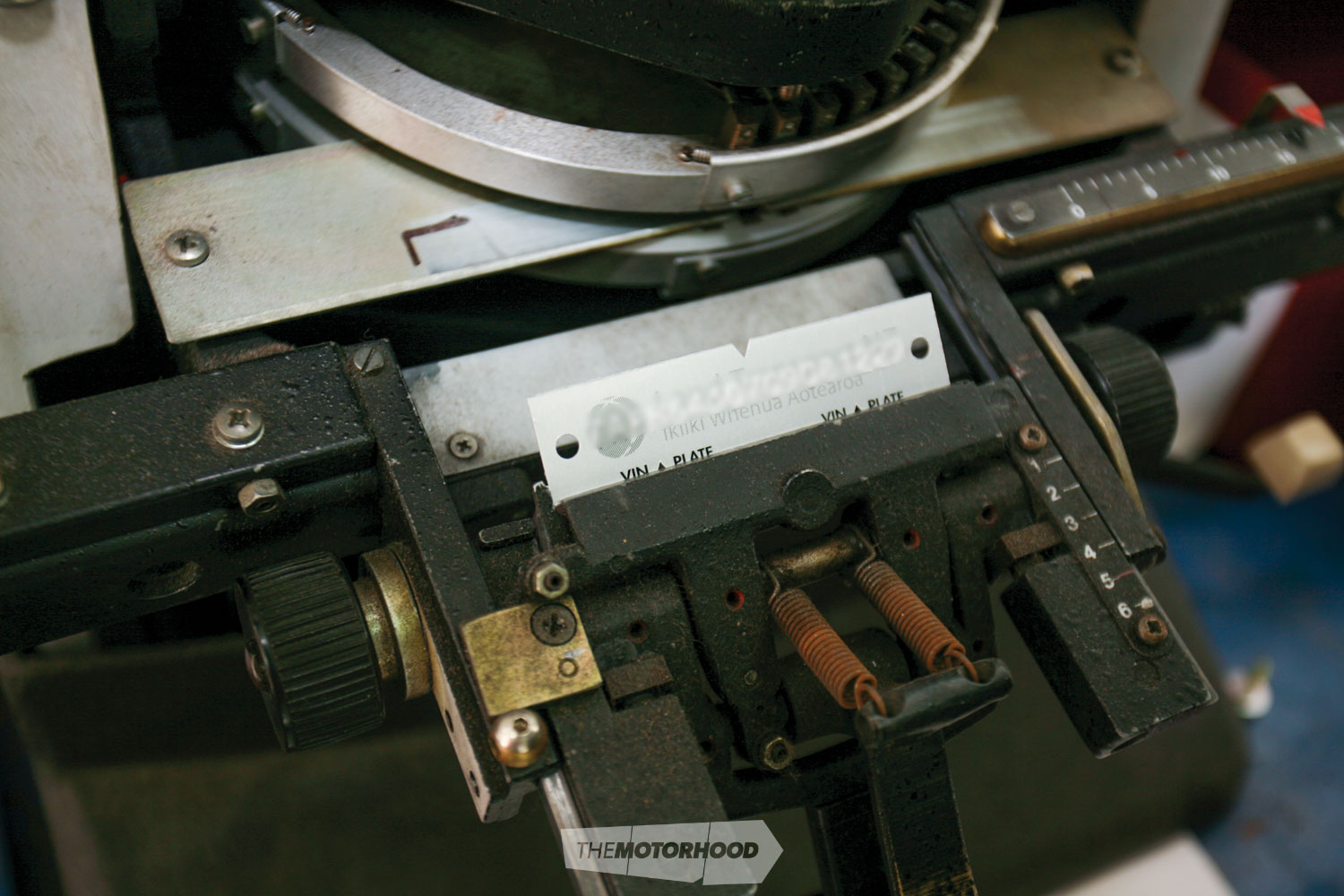Is getting a VIN for an old car really that hard?

Buying a car that isn’t road legal can be a scary prospect. What if you spend all that money only to find out the car is no good? There are plenty of uncomplied cars for sale locally, not to mention the myriad options available if you’re considering importing your own. So, what’s the go? Keep reading to find out, or pick up a copy of New Zealand Classic Car Issue No. 317 to read the full article.
Step one
The first step is to check the paperwork. For a vehicle over 20 years old, you will require four main documents. Copies of the documents will not suffice; they must be original. If a car doesn’t have the original documents with it, walk away.
- The vehicle’s overseas registration papers (certificate of title / pink slip).
- Evidence of vehicle ownership (purchase receipt, bill of sale).
- Evidence that you are the importer of the vehicle (i.e., import-entry documentation in your name, shipping papers, or bill of lading).
- Evidence of your New Zealand residency (driver licence).
If you’re confident that you have all the required paperwork, head on down to your local compliance centre.
Step two
Before any inspection can take place, the vehicle must be assigned a VIN — vehicle identification number — which allows the vehicle to be identified in the government’s system. Note that if a vehicle is deemed to be in damaged condition by MPI (Ministry of Primary Industries), it will have been flagged as such in the system.
The first part of the vehicle’s inspection involves removing the sill plates and rear seats, to inspect areas of the floorpan and bodywork that aren’t visible from underneath. If a damage-flagged vehicle is deemed not to be damaged, the compliance centre is able to remove that flag from the car’s records. If, however, it appears that the car has been damaged but repaired, a repair certifier must be called to check that the repairs have been done correctly. It’s important to note that you cannot just take an accident-damaged flagged vehicle to a panel beater to be fixed. The repair certifier is an independent person with authority above and beyond that of a panel shop.
With the rear seat removed, the inspector checks for any rust or damage. There must be no signs of rust within 150mm of a seat belt anchor, or damage within 50mm. If there are any other areas that require further investigating, more of the vehicle’s interior may need removing.
Assuming the inspector is happy with the condition of the sills and under-seat area, he initials the windscreen and the vehicle is put back together.
Step three
The next step is a full inspection. The vehicle is lifted on a hoist, until the wheels are approximately 100mm off the ground. While it’s in this position, a tool is used to apply pressure to the wheels to check for movement in suspension and steering components. .
The hoist is then raised until the centre of the wheels is at around eye level. All four tyres are inspected for unusual wear patterns and any signs of rubbing. Tread depths are noted also, as the end result of the inspection, as well as compliance, is giving the vehicle a Warrant of Fitness.
Next up, the hoist is raised to allow the inspector full access to the underside of the vehicle. Starting from the rear, the inspector looks for any signs of rust and damage, as well as the condition of items such as shocks, brake hoses, driveshaft universals, seat belt anchorages, engine mounts, and bushes.
The next stage is checking the car’s brakes. With all four wheels removed, the front discs and pads are checked for thickness, as are the rear discs and pads, or drums and shoes, if applicable.
Step four
If everything looks as if it works, it is put it to the test. The automatic transmission inhibitor switch must work, if the car is an automatic. Headlights, tail-lights, indicators, and the horn must all be operable. The car is then subject to a brake test on the front brakes, rear brakes, and handbrake.
Summary
The key is to make sure you do your homework, know what you are buying, and absolutely have all the necessary documentation to ensure the process runs smoothly. Happy hunting.
For more information on the compliance procedure, you may contact Waikato Vehicle Compliance here. With a keen focus on classic cars, hot rods, and anything old-school, Noel and the team will be able to guide you through the whole process with a minimum of stress.


